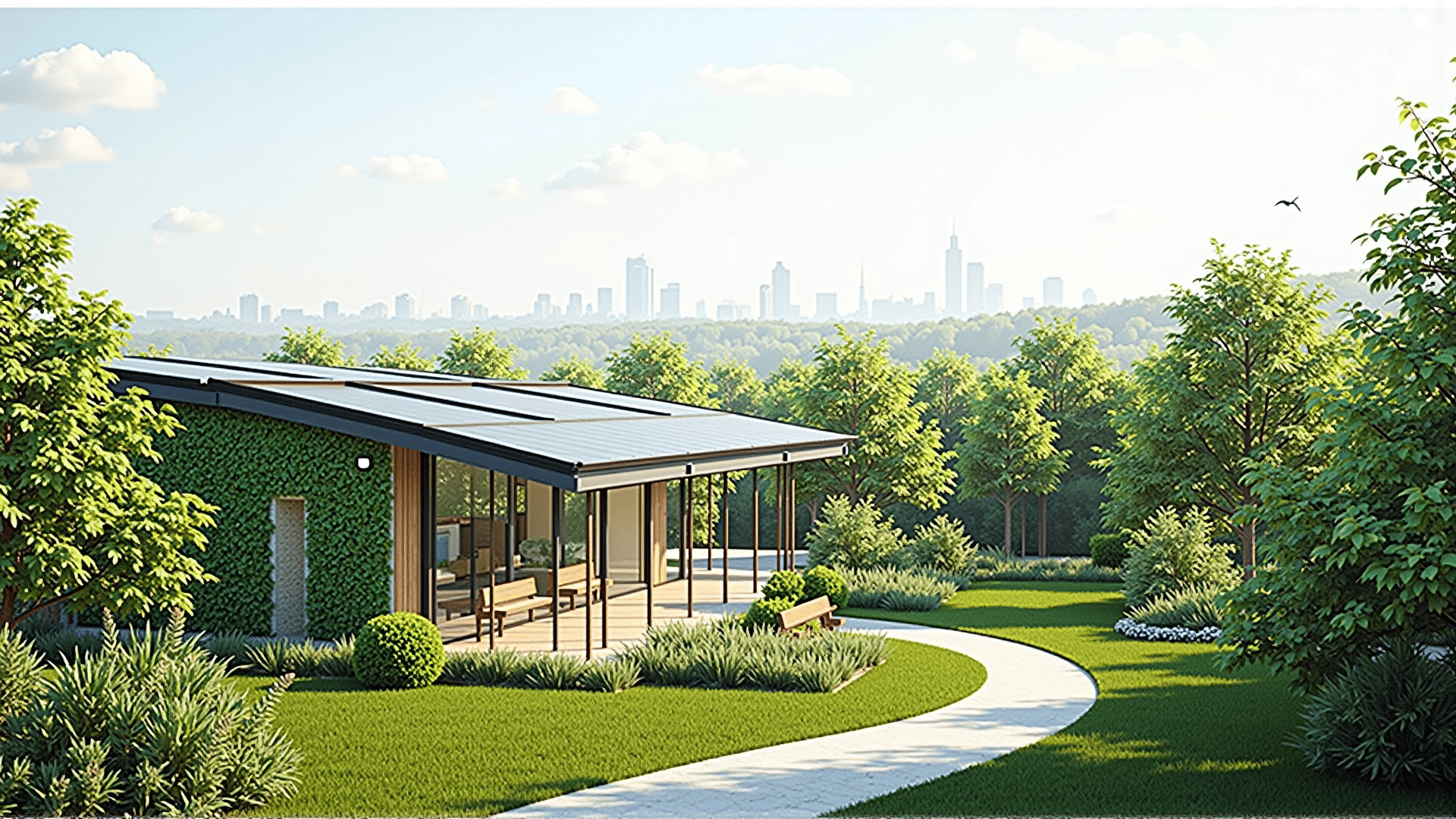In recent years, the realm of property technology has witnessed a dynamic transformation with a strong focus on sustainability. As environmental concerns continue to rise, there is a growing impetus to innovate and integrate solutions that not only enhance efficiency but also minimize ecological footprints. In this context, multiple cutting-edge developments are making significant strides in redefining how spaces are designed, built, and operated.
One of the key areas of focus is the smart infrastructure that leverages advanced sensors and automation. Buildings are increasingly equipped with systems that monitor energy use in real-time, optimizing consumption patterns to reduce waste. This level of granular data collection allows for precise adjustments, ensuring that resources are used judiciously without compromising on comfort or functionality.
Additionally, the integration of renewable energy sources is becoming more prevalent. Solar panels, wind turbines, and geothermal systems are being incorporated into designs from the ground up. These sources not only provide cleaner energy options but also contribute to reducing dependence on traditional utilities. Coupled with the advancement of battery storage technologies, buildings can now efficiently harness and store energy for later use, further minimizing their carbon footprints.
Sustainable materials are also taking center stage in construction practices. There is an increasing preference for locally sourced, recycled, or upcycled materials as alternatives to conventional options. These materials often possess qualities such as improved insulation, durability, and reduced environmental impact, aligning well with the goals of eco-friendly design.
Furthermore, the rise of circular construction practices is fostering a paradigm shift toward sustainability. This approach emphasizes reducing waste by reusing or repurposing materials and components throughout the building lifecycle. By focusing on the longevity and adaptability of structures, this model supports a more sustainable approach that contrasts with the traditional linear model of use and disposal.
Moreover, the design and deployment of green rooftops and living walls are transforming urban landscapes. These elements not only enhance the aesthetic appeal of structures but also contribute to improved air quality, better insulation, and the creation of habitats for biodiversity in urban centers. They play a crucial part in mitigating the heat island effect often experienced in densely populated areas.
Finally, the convergence of augmented reality and virtual reality tools is revolutionizing planning and design processes. These technologies aid architects and planners in visualizing and amend building designs before execution, ensuring that they meet sustainability goals more effectively. By allowing stakeholders to experience and interact with proposals in a realistic setting, these tools help in making informed decisions that align with eco-friendly objectives.
In conclusion, innovations in property technology aimed at sustainability are reshaping the future of how environments are created and maintained. By embracing smart systems, renewable energy, sustainable materials, circular practices, green facades, and advanced design tools, the industry is paving the way for a more responsible and efficient future. These efforts not only promise to reduce environmental impact but also enhance the quality and resilience of the spaces we inhabit.
